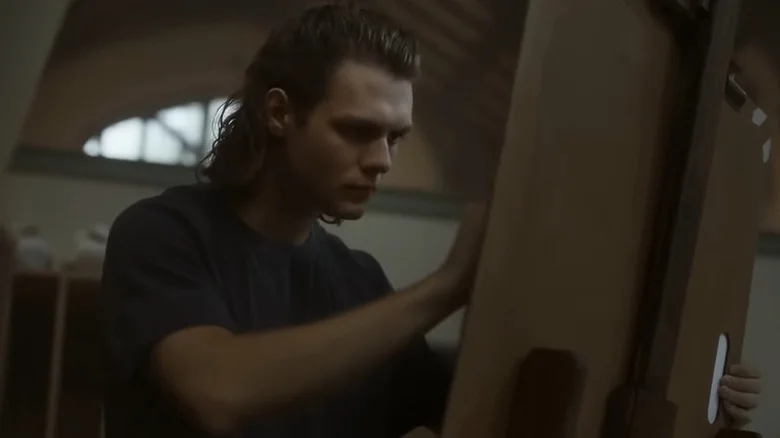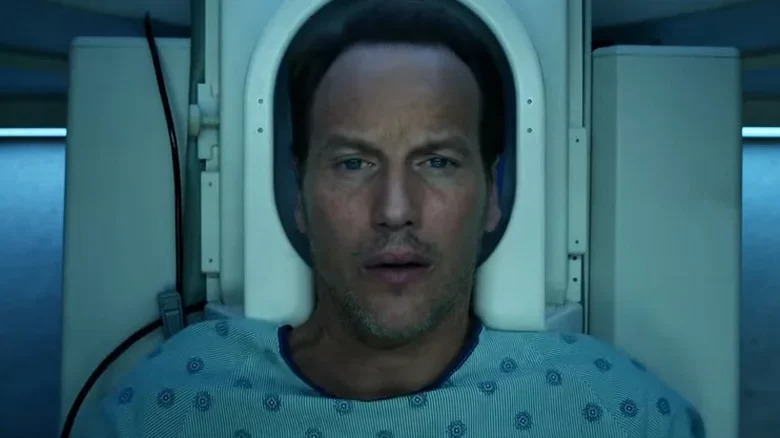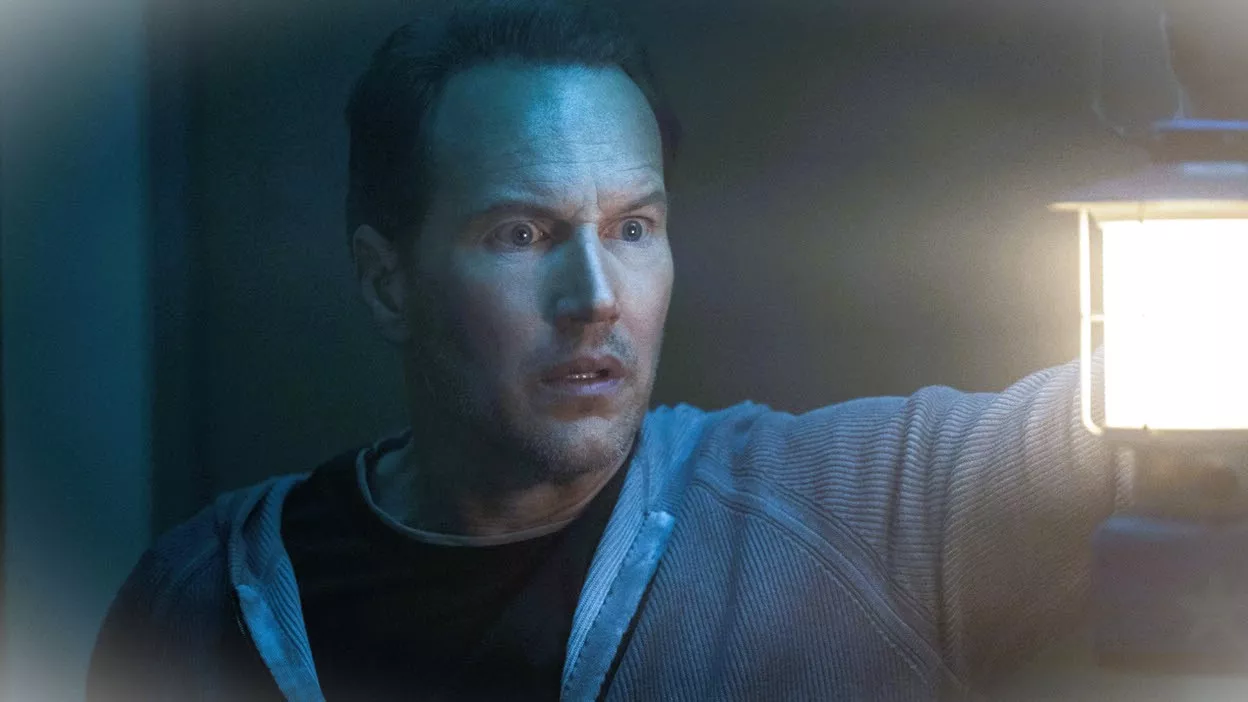In the span of 13 years, the “Insidious” franchise has spawned five films. While the horror series has had its ups and downs, its latest installment, “Insidious: The Red Door,” directed by Patrick Wilson in his feature debut, emerges as a pleasant surprise. This newest entry proves to be the strongest since the original hit theaters in 2010, striking a balance between spine-chilling jump scares and heartfelt emotions. By adding depth to a previously schlocky horror franchise, the film impresses with its ability to resonate with audiences.
One of the most satisfying aspects of “Insidious: The Red Door” is the return of the familiar cast, particularly the child stars who have grown into perfect choices for portraying the teenage versions of their characters from the earlier films. Notably, Ty Simpkins, who joined the franchise at the age of eight, stands out as a pocket ace in this film. His growth as an actor is evident, proving that he has what it takes to carry a sequel, a rare occurrence in similar situations.
The story takes place a decade after the events of the original “Insidious” film and opens on a somber note at the funeral of Lorraine, Josh Lambert’s (Patrick Wilson) mother. Josh and Renai (Rose Byrne) have since divorced, and the relationship between Josh and Dalton (Ty Simpkins) is strained. As a last-ditch effort to connect before Dalton heads off to college, Renai suggests that Josh drives him there. However, once Dalton settles into his new college life, the nightmares of the enigmatic spirit realm known as the Further return to haunt both him and Josh. These haunting visions seep into the real world, endangering everything they hold dear.
“Insidious: The Red Door” and Mental Health Awareness

“Insidious: The Red Door” presents a chillingly realistic portrayal of the aftermath of the Lambert family’s traumatic experiences in “Insidious: Chapter 2,” where Josh falls under the control of a deceased serial killer and attempts to harm his loved ones, echoing the eerie atmosphere of “The Shining.” It comes as no surprise that their marriage has crumbled, considering Renai witnessed the horrifying events of her husband almost harming their son. Compounding the situation is the ill-conceived decision to erase Josh and Dalton’s memories of their supernatural abilities through hypnosis, forcing them to pretend it never occurred. The lack of a shared memory deepens the rift between Josh and Dalton, leaving them subconsciously suspicious of the gaps in their past.
Attempting to cover up the past proves futile as Josh and Dalton are once again drawn into the treacherous realm known as the Further. The weight of suppressed trauma and the web of lies strain the family, threatening to tear them apart. It may seem insignificant that the events of a previous film have narrative consequences, but such continuity is a rarity in many horror franchises that often hit an emotional reset button for their characters at the end of each installment.
While it may be trendy to infuse horror movies with metaphorical themes, “Insidious: The Red Door” inherently addresses the stigma surrounding mental illness. The film delves into the damaging effects of secrets and the repercussions of evading difficult truths by sweeping them under the rug. When Josh’s doctor inquires about a family history of mental illness, he remains oblivious, as it is a subject never broached in his parents’ generation. However, the astral projection abilities showcased in the film symbolize hereditary mental illness, highlighting the immense danger and complexity faced by the characters due to their silence. The narrative underscores the notion that pretending everything is fine only leads to further harm, emphasizing that the Lambert family can only triumph by confronting their challenges head-on.
Navigating the Shadows

“Insidious: The Red Door” skillfully delves into its weighty themes and explores the strained relationship between Josh and Dalton. However, when it comes to delivering scares, the film presents a mixed bag. While it boasts a few truly exceptional set pieces that leave a lasting impact, such as an unnerving scene involving an MRI machine, some of the entities appear oddly well-lit and linger on screen for too long, making the viewer overly aware of the actors’ makeup. Particularly, the Red-Faced Demon suffers from this issue, as the more we see of him, especially in motion, the less intimidating he becomes.
While there are effective moments featuring helpful ghosts, the anonymous attackers of Dalton lack impact and fail to leave a lasting impression. The film wisely avoids getting bogged down in creating an elaborate mythology for yet another tormented soul, allowing more screen time to be devoted to the journey of Josh and Dalton. However, this decision leads to a ripple effect of forgettable monsters. Additionally, Sinclair Daniel does her best as Chris Winslow, Dalton’s college roommate and closest friend, but the dialogue written for her character feels out of touch with a genuine portrayal of a Gen Z girl, resembling a clichéd manic pixie best friend from the mid-2000s.
In summary, “Insidious: The Red Door,” like many other films in the franchise, falls short of reaching its full potential as a franchise finale. Nevertheless, it does justice to its two main characters, providing them with the emotional reconciliation they deserve after enduring numerous trials and tribulations. While it may not be the most chilling or gruesome installment in the series, aside from a handful of well-executed jump scares, it possesses a more cohesive narrative voice, which should not be overlooked.

